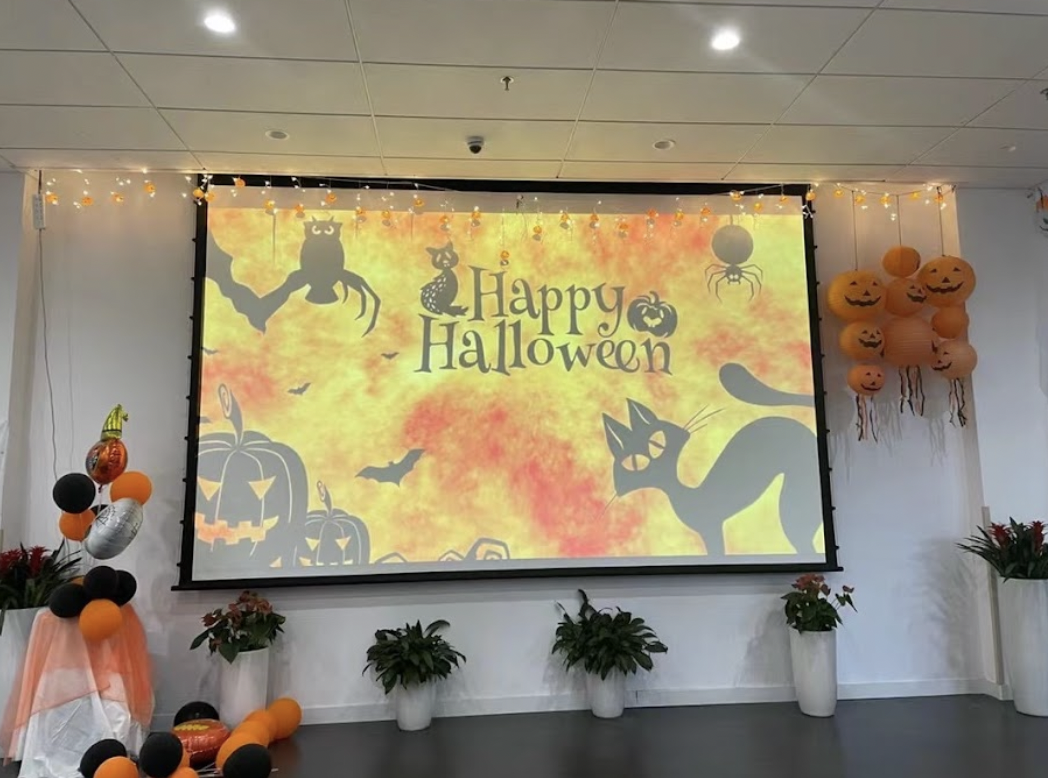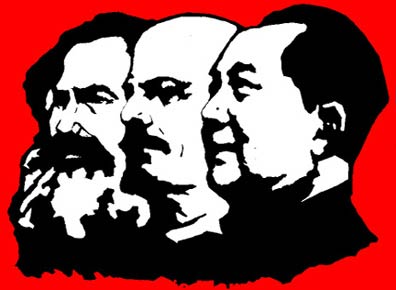Previously published Mar 14. 2021
Have you ever wondered how different countries celebrate Lunar New Year? Well, look no further! In this article, we will be diving into the various Lunar New Year traditions around the globe.
 The way China celebrates Lunar New Year originates from the story of a monster named Nian (This is the word “year” in Chinese). According to this legend, at the end of every Lunar New Year, Nian comes ashore from the sea and terrorizes the village, destroying the buildings and eating the livestock. One year, an old man refused to flee with the villagers, put red paper over the doors, wearing red clothes, and set off firecrackers. The loud noises and the color red scared off Nian, and this saved the village from destruction. The traditions of pasting red paper on doors and setting off firecrackers have been continued until the present day. Another popular tradition is handing out red envelopes, which stems from another exciting legend. In addition to Nian, there is a devil named Sui that terrorizes children in their sleep. One night, a child was given eight coins to play with to stay awake and avoid Sui. The child eventually fell asleep, and Sui appeared. However, the eight coins were the Eight Immortals in disguise, scaring off Sui. Red envelopes were given from then on to ward off evil spirits. Red envelopes are also called ya sui qian, which means “Suppressing Sui money” in Chinese.
The way China celebrates Lunar New Year originates from the story of a monster named Nian (This is the word “year” in Chinese). According to this legend, at the end of every Lunar New Year, Nian comes ashore from the sea and terrorizes the village, destroying the buildings and eating the livestock. One year, an old man refused to flee with the villagers, put red paper over the doors, wearing red clothes, and set off firecrackers. The loud noises and the color red scared off Nian, and this saved the village from destruction. The traditions of pasting red paper on doors and setting off firecrackers have been continued until the present day. Another popular tradition is handing out red envelopes, which stems from another exciting legend. In addition to Nian, there is a devil named Sui that terrorizes children in their sleep. One night, a child was given eight coins to play with to stay awake and avoid Sui. The child eventually fell asleep, and Sui appeared. However, the eight coins were the Eight Immortals in disguise, scaring off Sui. Red envelopes were given from then on to ward off evil spirits. Red envelopes are also called ya sui qian, which means “Suppressing Sui money” in Chinese.

Next up is Vietnam, where Lunar New Year is called Tết Nguyên Đán, or Tết for short. Before New Years’ Eve, families pay respect to their ancestors and the Kitchen God (Ong Tao). When the new year arrives, the streets are filled with loud festivities such as a parade in which dancers imitate Mua Lan, a unicorn that symbolizes strength to scare evil spirits away. Vietnamese families consume various food, one of which is Banh Chung, a dish made with sticky rice, beans, and pork is traditionally eaten during Tết. Many traditions surround Tết, such as the tradition of Xông đất, in which the first visitor to the home after the New Year will determine the host’s fortune for the entire following year. Another tradition is the cleaning and decorating of the house before the New Year to bring luck. If a family sweeps their home during Tết, it would be seen as sweeping the fortune away.

Last but not least is Korea! Korean Lunar New Year, or Seollal, starts with charye, which is an ancestral worship rite. A whole table of food is prepared with the dishes placed in certain areas on the charye table. Tteokguk, or rice cake soup, is a traditional dish that is eaten during Seollal. It is believed that eating a bowl of tteokguk symbolizes growing a year older. Then the whole family donned in their hanboks (traditional Korean clothing), bows, and offers prayers to their ancestors before eumbok, in which the family eats the food and gains the blessing of their ancestors. Another tradition is children bowing, called sebae, to elders to obtain their blessings and get sebaedon, which is New Year’s money.
Of course, many other Asian countries celebrate Lunar New Year in their own unique way. Thankfully, with how widespread the world wide web is, there are many sources from which one could obtain information about these Lunar New Year Traditions. With that being said, Happy Belated Lunar New Year to everyone!
Sources
https://www.chinahighlights.com/travelguide/festivals/chinese-new-year-legends.htm
https://www.mirror.co.uk/news/world-news/what-chinese-new-year-story-13937771
https://artsandculture.google.com/story/8-things-you-should-know-about-the-lucky-red-envelope/PwKiICEFJXMOJg
http://crazykoreancooking.com/foodandculture/seollal-korean-lunar-new-year-traditions-and-food
https://asiasociety.org/korea/seollal-korean-lunar-new-year
https://www.vietvisiontravel.com/post/tet-holiday-vietnamese-new-year-festival/
http://www.lafairy-sails.com/en/blog/all-about-traditions-of-tet-the-vietnamese-lunar-new-year.htm
http://www.asian-nation.org/tet.shtml#sthash.VUqin3j6.dpbs

















![Teacher [Milk] Tea: Part 2](https://bisvquill.com/wp-content/uploads/2024/03/Screen-Shot-2024-03-19-at-9.28.48-PM.png)


































